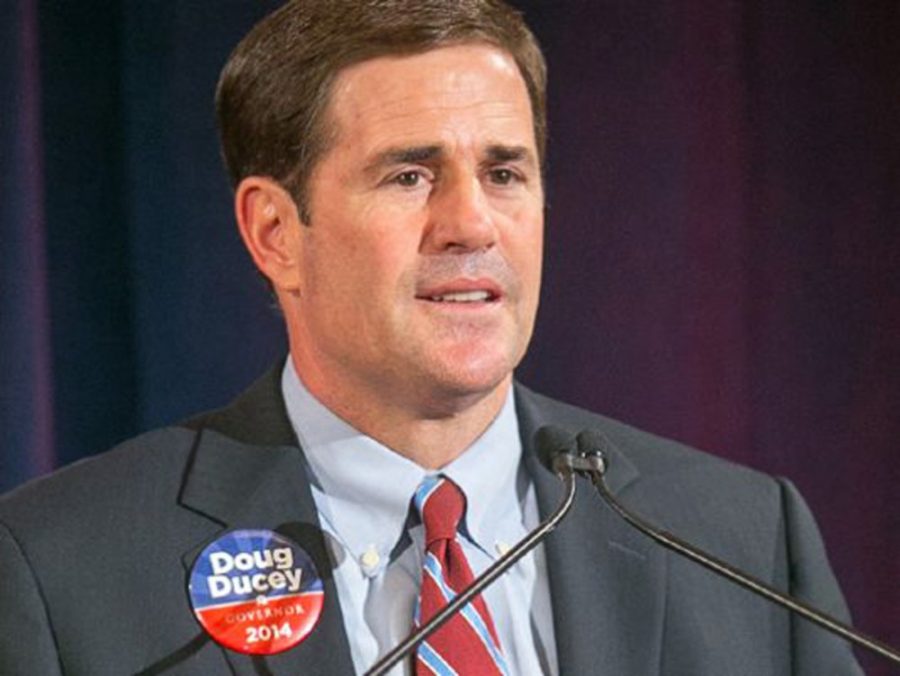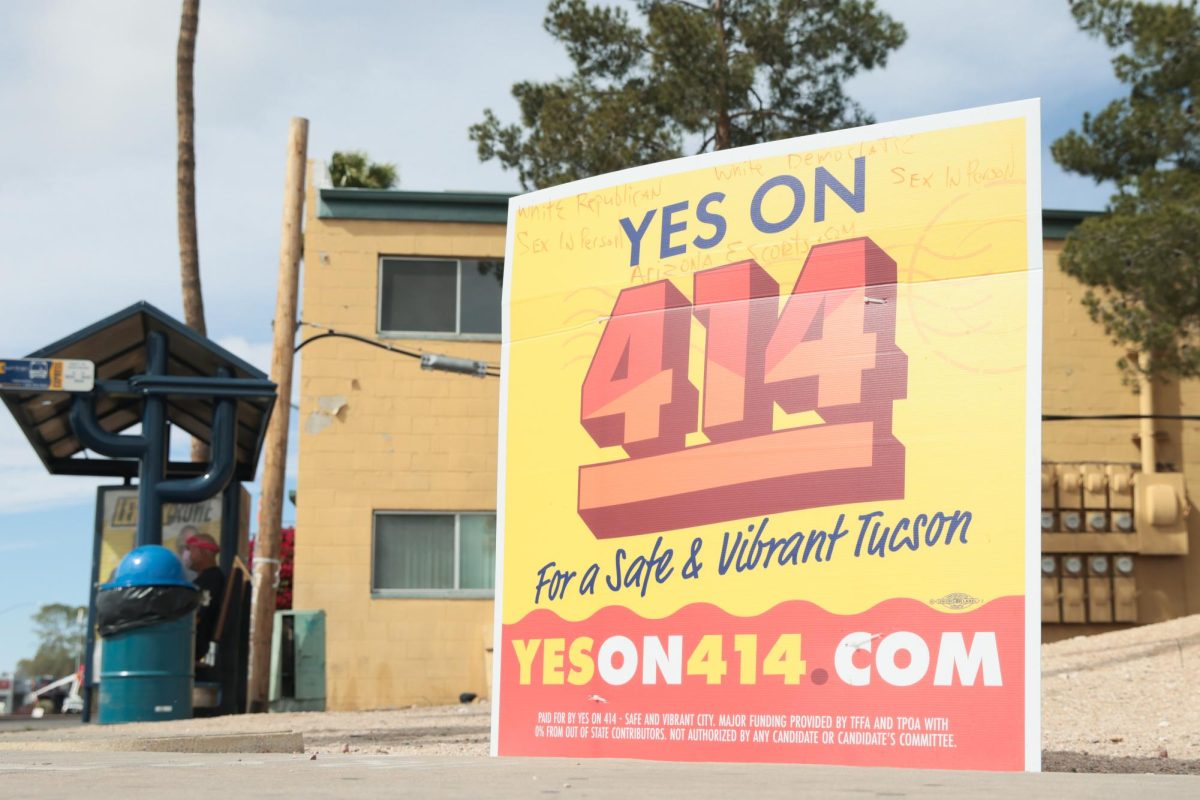PHOENIX — Have you heard of the Arizona Public Enterprise University? One senator wants to remake and rename Arizona State University into “an autonomous, quasi-public, nonprofit corporate entity,” with a bill introduced this session.
While Eileen Klein, president of the Arizona Board of Regents, said the governing board is not taking a position on the bill from Sen. Jeff Dial, R-Chandler, she said it does go in the direction of a “public-private” model the regents would like to see for state universities.
With further cuts looming over higher education in Arizona, public universities are finding ways to rely less on the state for funding at the expense of the students they serve.
Gov. Doug Ducey in his budget proposal called for $75 million in cuts to funding to state universities, which represents about 10 percent of state support. Board officials say some legislators may propose deeper cuts beyond Ducey’s proposal.
The regents issued a call to action last week to not allow more than the proposed $75 million reduction, which Klein said came at the request of university presidents. The board of regents governs the state universities — ASU, the UA and Northern Arizona University — and sets their tuition rates.
The consequences of this decline in state funding haven’t affected state universities so much as their students.
Despite less state support since the recession, Arizona universities still spend about the same on their academic mission, said Donna Desrochers, a higher education finance researcher with the Delta Cost Project at American Institutes for Research.
The lack of state support also means universities are relying more on private donations, grants and higher tuition to fund operations. For example, last year, legislators tried, and failed, to get state funding for a veterinary school for the UA. A donation from the Kemper and Ethel Marley Foundation later funded the program.
Mark Killian, the chair of the board of the regents, said that the state does need to support its universities.
“The route we are on right now, we are ensuring that tuition is going to continue to climb and increase, and we’re going to make it so impossible for middle class and lower-middle class families to have their kids get a college education in Arizona,” Killian said. “It is absolutely, totally insane.”
At a January meeting of the regents in response to Ducey’s proposal, ASU President Michael Crow echoed these sentiments, saying he would not raise tuition for in-state students. UA President Ann Weaver Hart will wait until after the budget is resolved before deciding whether to support a tuition hike for in-state students, said Chris Sigurdson, the university’s vice president for communications.
Bills have been introduced in the Legislature to reduce the tuition burden on different groups, such as National Guard members or those who were in foster care, Dial argues his bill would be a way to address rising tuition costs.
Dial said, as universities rely less on state funding, he believes this corporate model would give them more flexibility and help to keep tuition down for students.
“Let’s give them the freedom to work more like a private-public partnership … freeing them up from regulations,” Dial said.
Arizona universities are considering phasing out the current pension system for new employees to make the colleges operate less like state institutions in this move to a public-private model. Klein said the regents do want to design a new benefits system that would be “affordable in the long-term.”
“Especially in an era where we are getting reduced resources, we’re very eager to evolve from the state agency model, because that is creating additional costs for us,” Klein said.
This movement away from relying on state funding for public universities in some states follows the model set by the University of Michigan more than 30 years ago, said Tom Volgy, a political science professor at the UA.
The University of Michigan receives about 16 percent of its funding from the state and operates more like a private institution.
“The Michigan model has been the alternative to throwing our hands up in the air and saying, ‘Well, what can we do?’” Volgy said.
Killian said that Arizona is different than others states that have gone this route with its constitutional mandate to keep education nearly as free as possible. He said that while he would like much less in cuts to universities, it’s “not the reality of what we’re dealing with.”
Killian said he believes the next step for the board of regents is to sue the Legislature and go to the state Supreme Court for violating the part of the Arizona Constitution that stipulates college education in the state should be as close to free as possible. This would be similar to the action taken by representatives for K-12 schools, which sued the Legislature for underfunding them.








